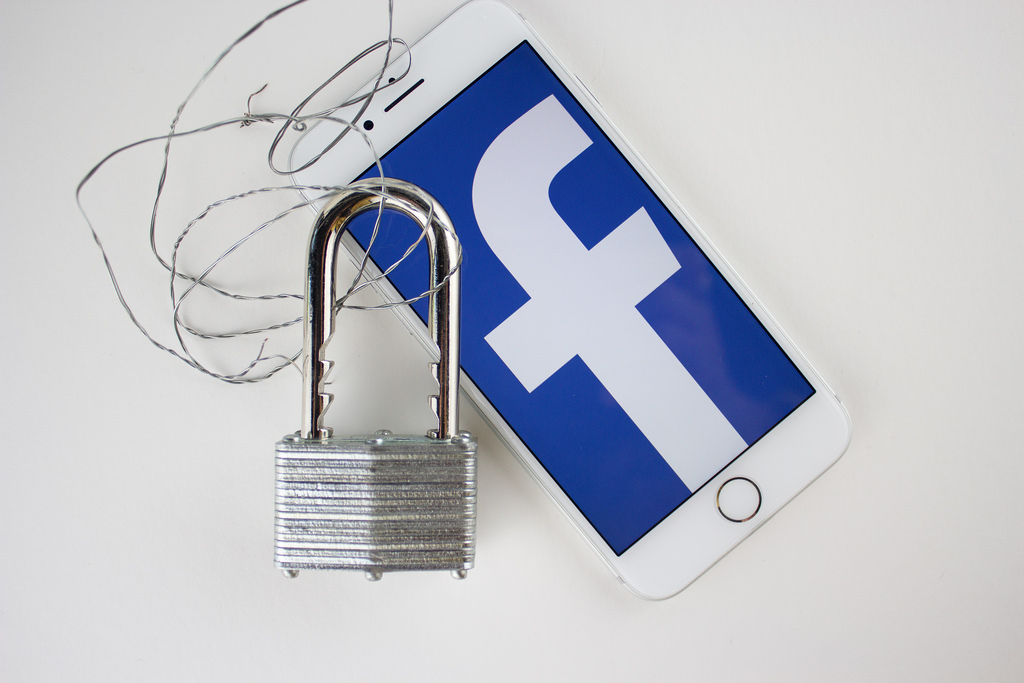Deepfakes and the Impact on Cybersecurity Now and in the Future
Can you believe what you see in a video? Most people say ‘yes,’ but the truth is, you no longer can. We all know that photos can be altered, but videos? Thanks to artificial intelligence, these, too, are being altered at a very quick rate.

These videos, known as “deepfakes,” are out there, and they are doing a number on cybersecurity. In fact, leaders in the cybersecurity sector are warning consumers that high tech video alteration is here, and it is very difficult to tell with the naked eye whether or not a video is real or fake.
Leaders in cybersecurity shared an example of how this works. Basically, they created a video of a man, Steve Grobman, an executive from McAfee, speaking. However, the words he was speaking were not his own; they were the words of Celeste Fralick, a female data scientist, who had created this deepfake video to make a point. This might seem like a fun trick to play on your friends, but in reality, it could have a huge impact on cybersecurity, as things like phishing and social engineering will become easier than ever for hackers.
Deepfakes and artificial intelligence can also be used for audio too. Meaning a person’s words can be spliced together seamlessly to create full sentences. Joe Rogan the comedian and podcaster who has 1300+ podcasts was used as a demo. But even more disturbing is Joe Rogans voice with Taylor Swifts face.
What could this mean for you? Well, since it’s so relatively easy to make a video like this, it could cause some real issues for the public. One way that it could be used is to start with a photo, and then change a very small part of it. This change would be unable to be noticed by a human, but the change would be enough for AI to see the photo as something else. So, if you can confuse something like artificial intelligence, you could certainly confuse the systems that are built to stop cybersecurity.
This could have a lot of negative impact on all of us, and it could really give a boost to those who make a living in taking advantage of others via cybercrimes.
The good news is that though this type of technology could be used for bad, artificial intelligence could also be used for good things. For example, the technology could be used to create a crime map of where crimes have happened and where arrests could be made, which would make our streets, safer. At the same time, it could also be used by criminals to know where they could commit a crime without being arrested. You could also look at it like this. During World War II, more than two million people were killed by bombs that were dropped from airplanes. Based on that information, Orville Wright, the inventor of the airplane, was asked if he regretted this invention. He said ‘no.’ Why? Because he looked at the airplane as similar as to fire; it could cause terrible destruction, but at the same time, it is so very useful. This new technology is the same, and it will be interesting to see how it comes to truly be used in the future.
Robert Siciliano personal security and identity theft expert and speaker is the author of Identity Theft Privacy: Security Protection and Fraud Prevention: Your Guide to Protecting Yourself from Identity Theft and Computer Fraud. See him knock’em dead in this Security Awareness Training video.


 This type of identity theft shows us that our credit system is more vulnerable than we might think. Basically, it is easy to create a credit file on these identities, and once they have that, they can get a credit card or loan.
This type of identity theft shows us that our credit system is more vulnerable than we might think. Basically, it is easy to create a credit file on these identities, and once they have that, they can get a credit card or loan. Slowly, the motivation behind the hacking is being understood. At first, it seemed obvious, the stolen data being personally identifiable information, which is what was taken can be used for new account fraud. But in government breaches, they usually look for military plans, blueprints, and documents that deal with policy.
Slowly, the motivation behind the hacking is being understood. At first, it seemed obvious, the stolen data being personally identifiable information, which is what was taken can be used for new account fraud. But in government breaches, they usually look for military plans, blueprints, and documents that deal with policy. Security
Security White Ops, an online fraud-prevention firm, uncovered this campaign, which they have called “Methbot,” and the firm found that the campaign is generating more than 300 million video ad impressions each day.
White Ops, an online fraud-prevention firm, uncovered this campaign, which they have called “Methbot,” and the firm found that the campaign is generating more than 300 million video ad impressions each day. If you own a small business, ask yourself just how the mega-giant Target got infiltrated by cybercriminals in the first place. Answer: a ma and pa HVAC vendor of Target’s!
If you own a small business, ask yourself just how the mega-giant Target got infiltrated by cybercriminals in the first place. Answer: a ma and pa HVAC vendor of Target’s! And the real scary thing about malvertising is that these trick-ads have appeared on trusted, popular websites like the Weather Network, BBC, NFL and the New York Times.
And the real scary thing about malvertising is that these trick-ads have appeared on trusted, popular websites like the Weather Network, BBC, NFL and the New York Times.























